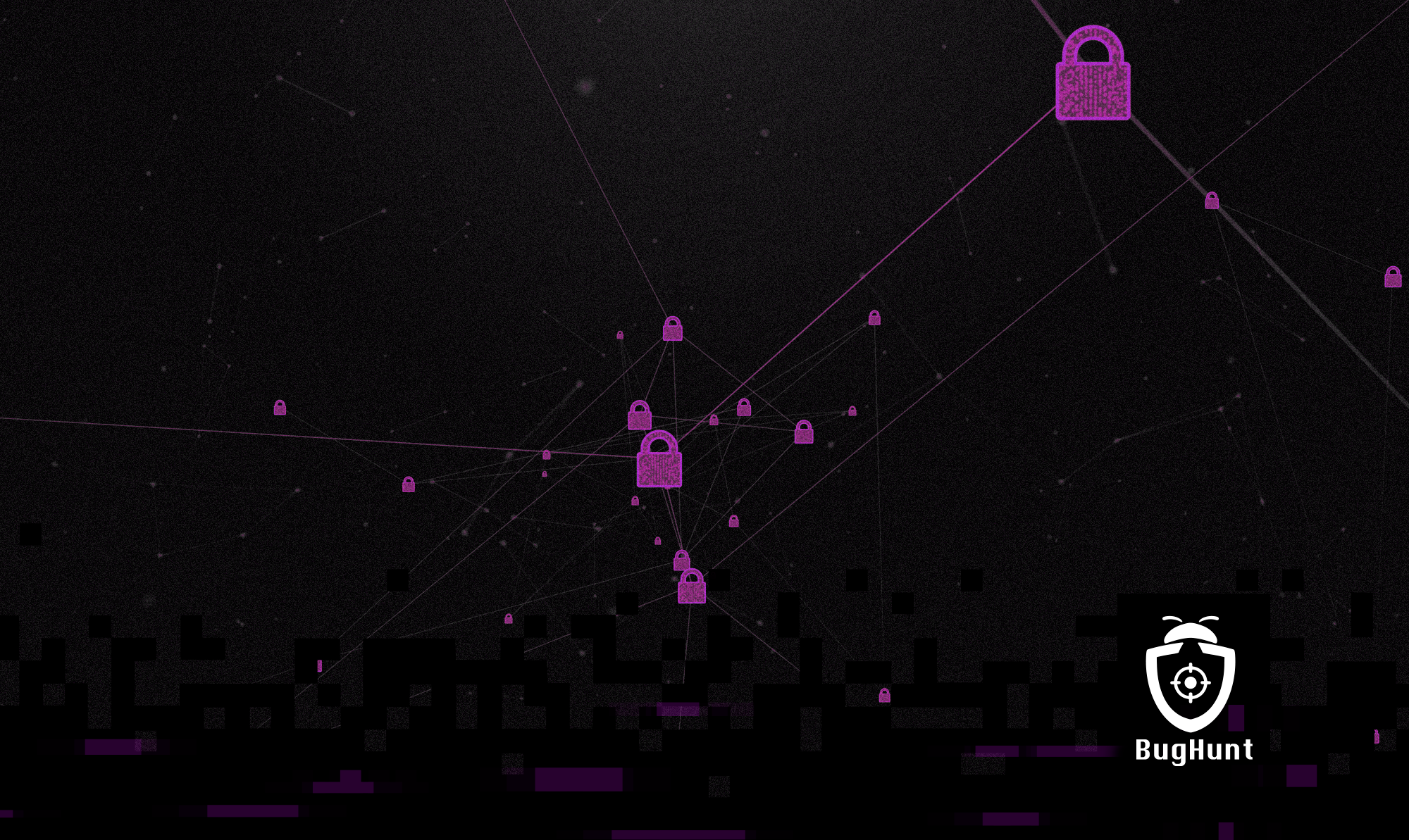How does network security work and how can you ensure it?

Have you ever thought about how many devices connect to your company's network daily? There are dozens, hundreds, or even thousands of computers, cell phones, tablets, servers, equipment, etc., that need to be constantly connected to keep your business running. With this in mind, network security is not only about ensuring your computers are protected but also about securing the entire technological infrastructure of your company.
Moreover, a vulnerable network puts every connected device at risk and exposes company, employee, and customer data. For this reason, today's article will discuss the importance of securing these connections and the main tools for doing so.
What is network security? Network security is a set of processes, policies, and technologies aimed at protecting any network from unauthorized access, data breaches or loss, and cyberattacks. It should protect all attack surfaces and also address internal network threats.
Threats and vulnerabilities are present in virtually all devices that companies use daily. Therefore, it’s crucial to address each potential threat and find effective solutions to keep the company safe. There is no such thing as too much caution when it comes to protecting your data and that of your clients.
What are the risks of an insecure network? A company lacking good network security protocols and tools is exposed to numerous risks. One of the primary risks is that unauthorized individuals could access your entire technological environment and confidential company, employee, and customer data. An insecure network puts everyone around your business at risk from malicious agents.
With open doors for external users or even an insider threat, a brand could fall victim to corporate espionage, data leaks or theft, identity theft, fraud, among many other digital crimes.
Additionally, your company may face penalties under the General Data Protection Law (LGPD). Penalties can range from warnings to a ban on using your databases, and fines. While the law may not set specific rules for network protection, security experts generally agree that it’s an extremely important step to comply with regulations.
5 Tips to Ensure Network Security
- User Access Levels: Establish an access level protocol for documents and databases within your company. Employees should only have access to documents relevant to their job. This measure not only enhances protection but also organizes and improves business productivity.
- Regular Backups: This is not a preventative tip but is essential in cases where files have been deleted, locked, or moved by a malicious agent with network access.
- Attack Detection: Many attacks can be detected early, but for this, your company must have robust security protocols and be prepared to react.
- Internal Training: Many threats and vulnerabilities arise from human error. It’s essential for all company areas to undergo regular training on information security and safe network use.
- Attack Prevention: It’s crucial to look for vulnerabilities at every point in your company. For this, you should not only focus on network security but on the entire business structure. Services like bug bounty are essential to staying ahead of criminals.
Main Types of Network Security Solutions There are many network security options available on the market, but before deciding which is best, you need to understand that none of them is complete. Each solution has its specifics, advantages, and flaws. None should be chosen as the sole protector of your business. Here are the main types of network security for businesses, so you can understand their uses and applications within your context:
- Firewall: Essential for creating a barrier between your company’s internal network and external networks. Modern firewalls, known as NGFWs, can distinguish between benign and malicious applications through signatures.
- Antivirus and EDR (Endpoint Detection and Response): A threat to the network may remain hidden for months before manifesting. Good antivirus software constantly searches for these threats, identifying anomalies, removing malicious files, and fixing damage. EDRs are more comprehensive than traditional antivirus programs, using behavioral analysis and other methods to identify unknown and advanced threats.
- Intrusion Prevention System (IPS): An IPS continuously monitors the network and reports suspicious activities to administrators. This tool is crucial for network security and is increasingly integrated with firewalls.
- Perimeter Security: The network perimeter is the infrastructure between the internal network and the internet. It’s important to create information flow controls to ensure greater security at data entry and exit points.
- VPN: For remote access to the corporate network, it’s important to use a secure service like a VPN. A VPN allows users to connect to the corporate network through a secure and encrypted channel from anywhere.
- Cloud On-Ramp: Cloud computing represented 80% of corporate workloads by the end of 2020, and that number is even higher today. Cloud On-Ramp enables the secure use of SaaS applications and IaaS infrastructure.
- Secure Web Gateway: A “gate” that authorizes or blocks data entry and exit from your network, the Secure Web Gateway prevents malicious access to key network services and also stops the extraction of confidential information.
Don’t Delay Protection The risk of network invasions is imminent, as you can see throughout this article, but there are numerous ways to protect yourself and create barriers against malicious agents.
Don’t delay your company's network security because it might be too late. But don’t stop there. New threats emerge daily that could compromise your business. If you want to learn how to protect and shield your company from cybercriminals, check out more cybersecurity articles on our blog!

